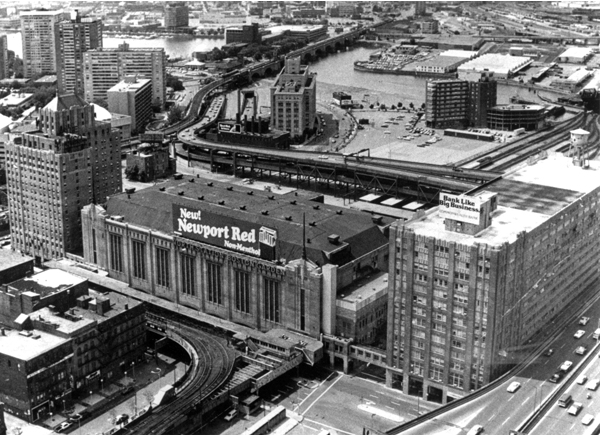Although they lacked the comforts of contemporary arenas, the NHL hockey buildings of formative years had one thing that made the games even livelier: the noise! Most of the franchise owners, team presidents, and arena managers remember the old brick-and-steel fortresses as much for the sound that came out of them.
Among the Original Six arenas that most were nostalgic about, two — the Chicago Stadium and the Boston Garden — were built in the 1920s. Philadelphia’s Spectrum and the Pittsburgh Civic Arena were both opened in the 1960s. Others were the Madison Square Garden, also famously known as the “Madhouse on Madison” in Chicago, and the Detroit Olympia. These six are among an exclusive list of the famed vintage arenas that were popular for their massive crowd noise that rattled their concrete walls.
Despite its much smaller designated capacity, the Chicago Stadium still somehow managed to accommodate as many fans as the 960,000-square-foot United Center arena does today. According to the Chicago Blackhawks chairman Rocky Wirtz, the city’s fire marshal just turned a blind eye to the enthusiastic standing-room fans that packed the stadium because it was simply impossible to control them.
The roar of that crowd, especially when a goal was scored, reverberated across the entire complex, making the building shake. In those days, there was no glass or anything to absorb the sound and it just bounced off the brick walls.
Boston Bruins’ owner Jeremy Jacobs and AEG Europe’s senior VP of facilities Rich Krezwick recall how tightly-packed seating bowls in the old arenas created some of the most spectacular views of the ice, more so for those who sat in the steep upper decks. This is where die-hard Boston fans like the Gallery Gods liked to perch as they look down directly onto the ice.
Jacobs says that, originally, the Boston Garden was constructed as a boxing arena, perhaps explaining what led to those awe-inspiring views. The complex’s haphazard layout was often an impediment to free movement, especially for fans who were fond of roaming the upper deck. For instance, walking from one side of the building to the other at the top levels at some point meant having to go through a men’s restroom, whether you were a man or a woman. The numerous nooks and crannies in the building frightened many people.
Flyers’ president Paul Holmgren, who’s also a former Philly right-winger, remembers how close he felt to the fans when seated within the confines of the Spectrum. The arena’s tight bowl layout created a sense of skating on a much smaller-sized rink if compared with today’s larger arenas.
As for Pittsburgh Penguins’ president David Morehouse, his most fond memories of the Civic Arena are when the ushers allowed kids to sneak in for hockey games without paying for a ticket, more so in the early days when the Pens weren’t attracting enough fans to fill the stadium.
There is one thing that all these stakeholders continue to miss from the old arenas: today’s acoustically engineered stadiums will never bring back the noise — the six vintage arenas were both loud and proud!
Get the full article here.
 (979) 488-5500
(979) 488-5500
